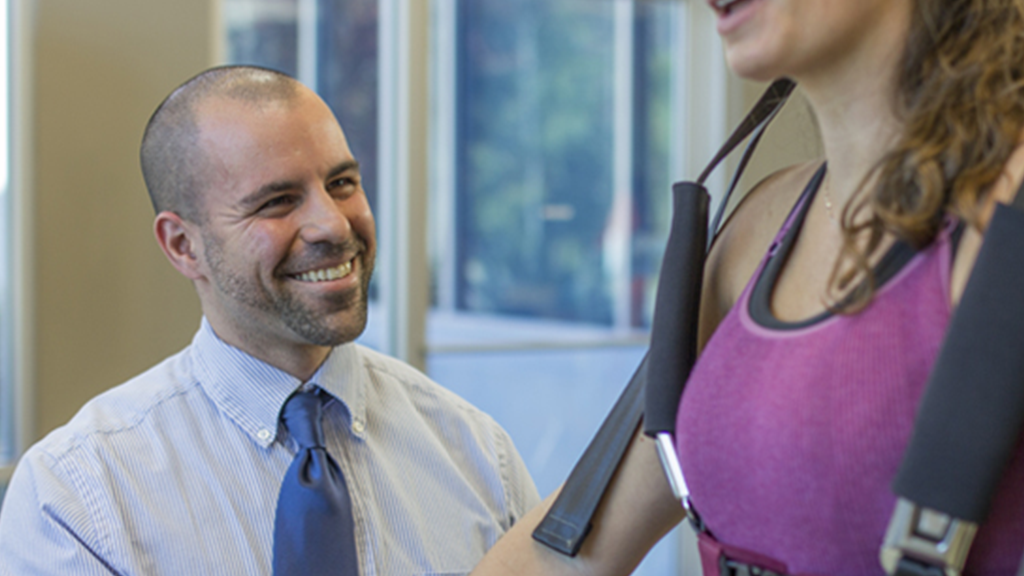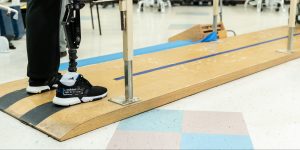How Can Physical Therapy Help?

Back to physical health resource hub
By John Leschitz, DPT, OCS, FAAOMPT
Center Manager for the Brooks Center for Back and Neck Health
As I was starting out as a physical therapist, patients would ask me “How can physical therapy help my condition since I’ve tried other things and nothing seems to help?” I took that as a challenge to prove physical therapy (PT)’s worth to a skeptical patient. Now as a seasoned clinician, I am happy to hear that question because I have experienced the answer with many patients.
Most people have heard of some of the more common conditions, for example, Osteoarthritis (OA) or Degenerative Joint Disease in the spine (DJD), but less know that movement is the answer. Now, not just any movement, but the right type of movement. Patients are concerned that this does further damage to the joint. No way. Your PT’s job is to help you find the right movements for your joints to make them stronger and feel better.
It works like this…movement lubricates the joints, provides nutrition and removes waste products via compression and decompression like a piston. Movement stimulates joint receptors, which in turn tells the nervous system (spinal cord and brain) to inhibit pain for each movement. That means more movements stimulate more pain reduction and healthier tissues (joints, muscles, ligaments, tendons, discs)!
Different movements are needed for different people too. Building up the muscles that perform the movement is also needed. How can that help? The muscles provide a support or suspension system to absorb shock on the joint and other structures like ligaments, discs, meniscii, etc.
Muscle strength won’t solve all the problems though. The coordination of the muscles is also important. The muscles perform the movement and the brain coordinates it. If that connection isn’t fine-tuned, the body might still be able to get the job done, but isn’t doing it correctly. As a result, the weaker parts will be overloaded and might be the ones to give you problems later on. Continuing to move is important, but working out in your garden, vacuuming, or walking is not enough. You’ll need at least a few good exercises done on a regular basis to address the weak parts of the chain.
A physical therapist can help you find the right combination of movements and exercise to help alleviate pain or help prevent injuries. If you still aren’t sure how PT can help, then come in for a screening. We can talk about options together.
For more information, or to schedule a screening, please call (904) 483-2272.


